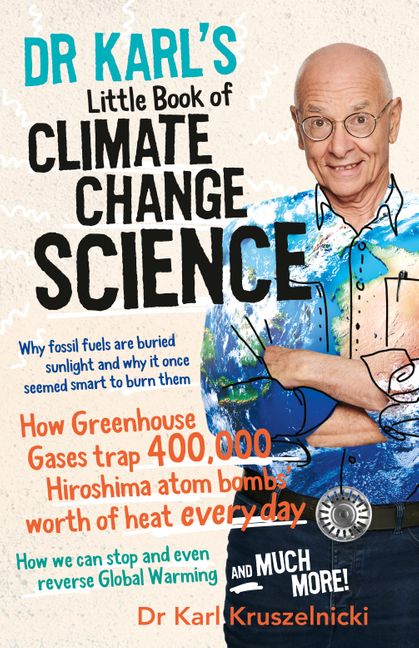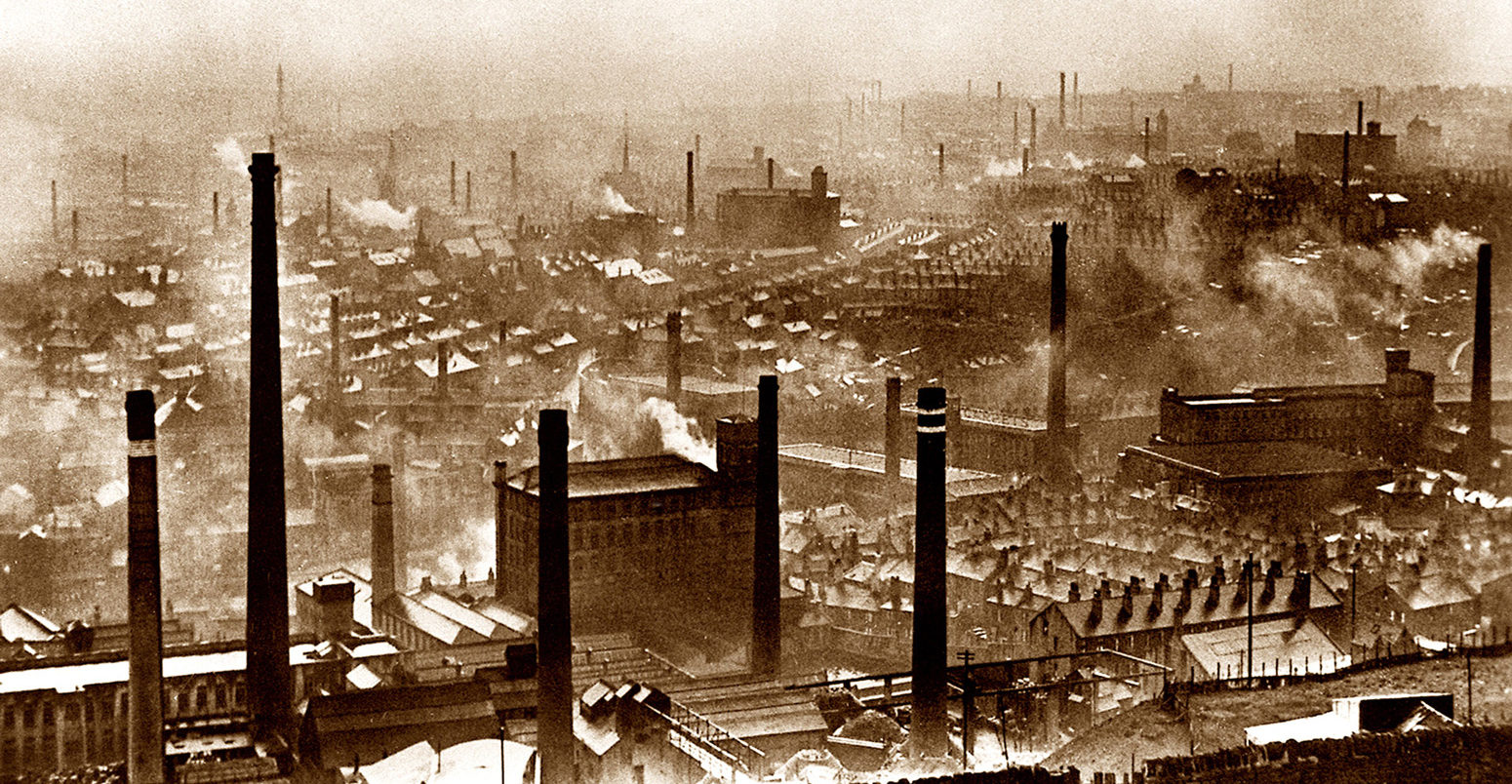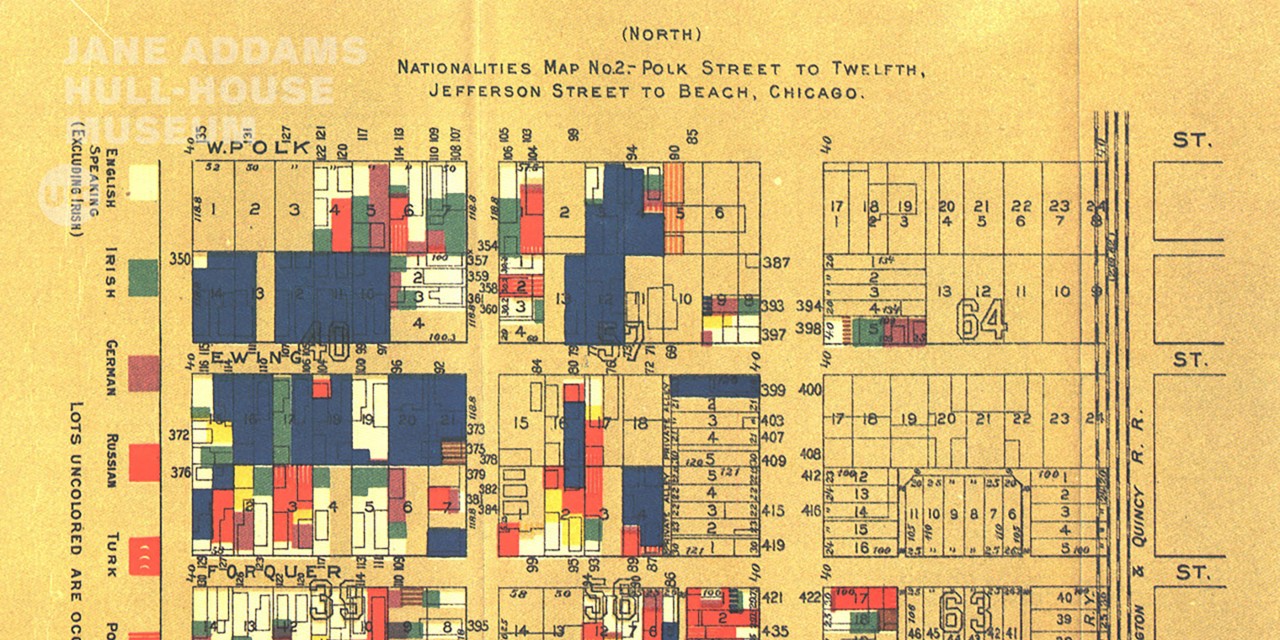Papal Mandate for Sustainable Development
Focus on Climate Action and Social Justice (SDG 13, SDG 1, SDG 10)
In a recent address from the papal summer estate, Pope Leo XIV underscored the critical need for global recognition of the climate crisis, directly aligning with Sustainable Development Goal 13: Climate Action. During a special Mass, the Pope implored the world to “hear the cry of the poor,” a call that resonates with SDG 1: No Poverty and SDG 10: Reduced Inequalities, as climate change disproportionately impacts the most vulnerable populations.
- The Pope highlighted the urgency of converting mindsets, both within and outside the church, to address the care for our “common home.”
- He directly linked the increasing frequency of natural disasters worldwide to the “excesses of being human, with our lifestyle.”
- With a background as a missionary in Peru, Pope Leo XIV has firsthand experience of climate change’s effects on vulnerable communities and has specifically advocated for climate justice for Indigenous peoples.
- He identified “climate change provoked by human activity” as the source of injustice, violations of international law, and grave inequalities.
The ‘Laudato Si’ Legacy: A Framework for Global Partnership (SDG 17)
The event continued the ecological legacy of Pope Francis, whose 2015 encyclical, Laudato Si, serves as a foundational text for the Church’s environmental advocacy. The encyclical and the movement it inspired function as a model for SDG 17: Partnerships for the Goals, mobilizing a global faith community to achieve sustainable development.
- The Mass was celebrated for staff at the new Laudato Si educational center, established to promote a theological understanding of creation that translates into action.
- A new Mass formula, “for the care of creation,” has been officially approved and added to the Roman Missal, institutionalizing environmental stewardship within liturgical practice.
- The encyclical has inspired a worldwide church movement and foundation dedicated to education and advocacy on the biblical mandate to care for nature.
Vatican Initiatives Driving Sustainable Development Goals
Commitment to Clean Energy and Sustainable Communities (SDG 7, SDG 11)
The Vatican is actively pursuing tangible projects to advance sustainability, most notably a plan to make Vatican City the world’s first carbon-neutral state. This initiative is a direct contribution to SDG 7: Affordable and Clean Energy and SDG 11: Sustainable Cities and Communities.
- Project Goal: To develop a 430-hectare solar farm in Santa Maria di Galeria, north of Rome.
- Energy Output: The farm is designed to generate sufficient electricity to meet the entirety of the Vatican’s needs.
- Financial Investment: The project requires an estimated investment of just under 100 million euros.
- Status: Pope Leo XIV has expressed strong support for the project, calling it a “wonderful opportunity” to set an important example for the world.
Advocacy for Responsible Consumption and Biodiversity (SDG 12, SDG 15)
The Pope’s message strongly condemned unsustainable patterns of living, aligning with SDG 12: Responsible Consumption and Production. By celebrating Mass in the Vatican gardens, described as a “natural cathedral,” he emphasized humanity’s mission to protect creation, a core tenet of SDG 15: Life on Land.
- The Pope’s message explicitly blamed “the greed that fuels them” for spawning deforestation, pollution, and the loss of biodiversity.
- He called for a fundamental change in lifestyle to counter the “excesses” that are causing “the world to burn.”
- The new liturgy emphasizes that humanity’s mission is to bring peace and reconciliation to the world by protecting creation.
1. Which SDGs are addressed or connected to the issues highlighted in the article?
-
SDG 13: Climate Action
The article is centered on the “urgency of the climate crisis” and the need to address “climate change provoked by human activity.” Pope Leo XIV’s prayers and actions are a direct call to take urgent action to combat climate change and its impacts.
-
SDG 7: Affordable and Clean Energy
The plan to develop a “solar farm” to make “Vatican City the world’s first carbon-neutral state” directly addresses the shift towards sustainable and clean energy sources.
-
SDG 1: No Poverty & SDG 10: Reduced Inequalities
The article repeatedly connects environmental issues to social justice, emphasizing the need to “hear the cry of the poor” and highlighting how climate change disproportionately affects “vulnerable communities” and “the Earth and its most vulnerable people.” It also mentions “grave inequalities” and the need for “climate justice for Indigenous peoples.”
-
SDG 15: Life on Land
The Pope’s message explicitly blasts the “greed that fuels them are spawning deforestation, pollution and the loss of biodiversity,” which are core concerns of this goal.
-
SDG 4: Quality Education
The establishment of the “Vatican’s new ecological educational center” and the “Laudato Si center,” which aims to “educate, advocate and sensitize the world,” directly relates to promoting education for sustainable development.
-
SDG 12: Responsible Consumption and Production
The Pope’s critique of “wealthy countries and multinational corporations” that have “exploited the Earth” and the call for a change in “lifestyle” to stop “the world to burn” points to the need for more sustainable patterns of consumption and production.
2. What specific targets under those SDGs can be identified based on the article’s content?
-
Under SDG 13 (Climate Action):
- Target 13.1: Strengthen resilience and adaptive capacity to climate-related hazards and natural disasters. This is relevant to the Pope’s mention of “so many natural disasters in the world, nearly every day.”
- Target 13.2: Integrate climate change measures into national policies, strategies and planning. The Vatican’s plan to become a “carbon-neutral state” is a clear example of integrating climate measures into its own state planning.
- Target 13.3: Improve education, awareness-raising and human and institutional capacity on climate change mitigation, adaptation, impact reduction and early warning. The work of the “Laudato Si center” and the new Mass formula are direct efforts to raise awareness and institutional capacity.
-
Under SDG 7 (Affordable and Clean Energy):
- Target 7.2: By 2030, increase substantially the share of renewable energy in the global energy mix. The plan to build a large “solar farm” to meet the Vatican’s electricity needs is a direct action towards this target.
-
Under SDG 10 (Reduced Inequalities):
- Target 10.2: By 2030, empower and promote the social, economic and political inclusion of all, irrespective of age, sex, disability, race, ethnicity, origin, religion or economic or other status. The call for “climate justice for Indigenous peoples” and concern for “vulnerable communities” aligns with this target.
-
Under SDG 15 (Life on Land):
- Target 15.2: By 2020, promote the implementation of sustainable management of all types of forests, halt deforestation, restore degraded forests and substantially increase afforestation and reforestation globally. The Pope’s condemnation of “deforestation” directly relates to this target.
- Target 15.5: Take urgent and significant action to reduce the degradation of natural habitats, halt the loss of biodiversity and, by 2020, protect and prevent the extinction of threatened species. This is addressed by the Pope’s concern over the “loss of biodiversity.”
-
Under SDG 4 (Quality Education):
- Target 4.7: By 2030, ensure that all learners acquire the knowledge and skills needed to promote sustainable development. The mission of the “Laudato Si center” to “educate, advocate and sensitize the world” is a direct implementation of this target.
3. Are there any indicators mentioned or implied in the article that can be used to measure progress towards the identified targets?
-
For SDG 7, Target 7.2:
The article provides specific, measurable details for a project that serves as an indicator.
- Indicator (Implied: 7.2.1 – Renewable energy share): The goal is to generate “enough electricity to meet the Vatican’s needs,” making it “carbon-neutral.” Progress can be measured by the construction of the “430-hectare (1063-acre)” solar farm and the amount of renewable energy it produces relative to the Vatican’s total consumption. The investment of “just under 100 million euros” is also a quantifiable input indicator.
-
For SDG 13, Target 13.2:
- Indicator (Implied: 13.2.1 – Number of countries that have communicated a nationally determined contribution): The Vatican’s commitment to becoming the “world’s first carbon-neutral state” is a clear, reportable action and policy that can be tracked as an indicator of progress.
-
For SDG 4, Target 4.7:
- Indicator (Implied: 4.7.1 – Extent to which education for sustainable development is mainstreamed): The creation of the “Laudato Si center” as an “ecological educational center” and the introduction of a new “Mass formula ‘for the care of creation'” are tangible indicators of the mainstreaming of education for sustainable development within the institution of the Catholic Church.
-
For SDG 15, Targets 15.2 & 15.5:
- Indicator (Implied): While no data is provided, the Pope’s specific mention of “deforestation, pollution and the loss of biodiversity” implies that the rates of these phenomena are the key indicators that should be monitored to measure the scale of the problem he is addressing.
4. SDGs, Targets, and Indicators Analysis
| SDGs | Targets | Indicators Identified in Article |
|---|---|---|
| SDG 13: Climate Action | 13.2: Integrate climate change measures into policies and planning. | The plan to make “Vatican City the world’s first carbon-neutral state.” |
| SDG 7: Affordable and Clean Energy | 7.2: Increase the share of renewable energy. | Development of a “430-hectare (1063-acre) field” into a “solar farm” with an investment of “just under 100 million euros.” |
| SDG 10: Reduced Inequalities | 10.2: Promote the inclusion of all. | The call for “climate justice for Indigenous peoples” and concern for “vulnerable communities.” |
| SDG 15: Life on Land | 15.2 & 15.5: Halt deforestation and biodiversity loss. | The Pope’s identification of “deforestation, pollution and the loss of biodiversity” as key issues fueled by greed. |
| SDG 4: Quality Education | 4.7: Ensure all learners acquire knowledge for sustainable development. | The creation of the “Laudato Si center” to “educate, advocate and sensitize the world” and a new Mass formula for creation. |
Source: apnews.com






